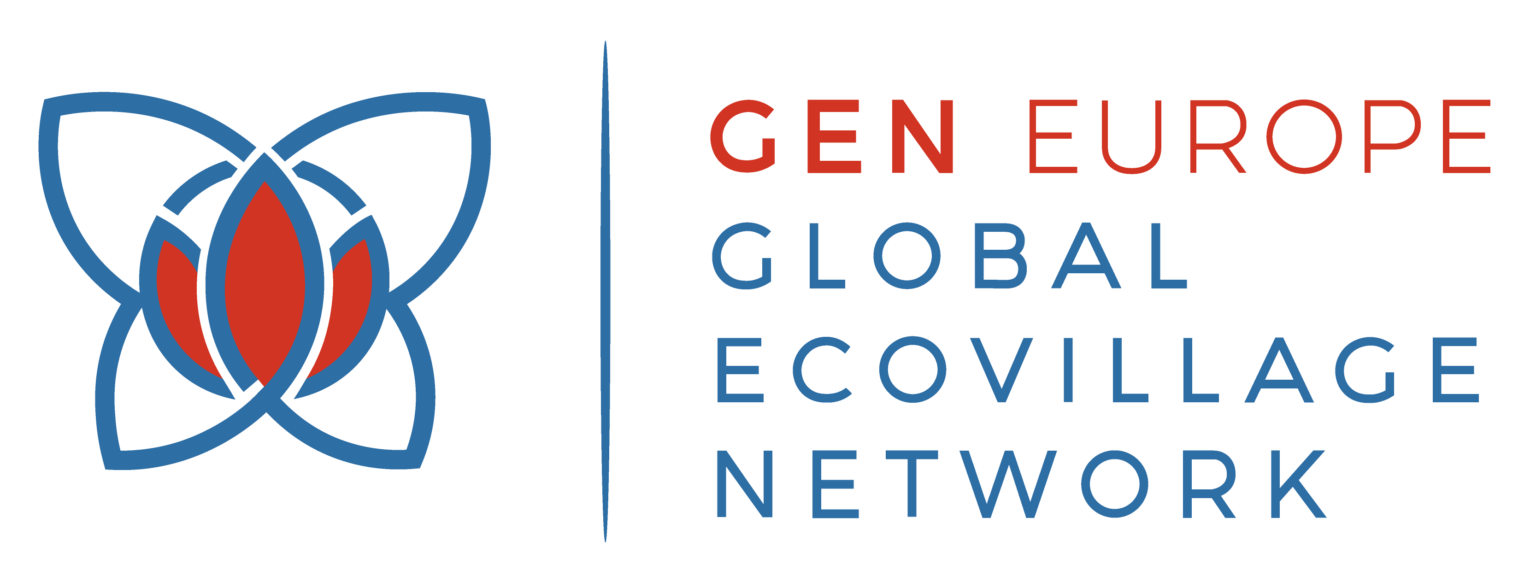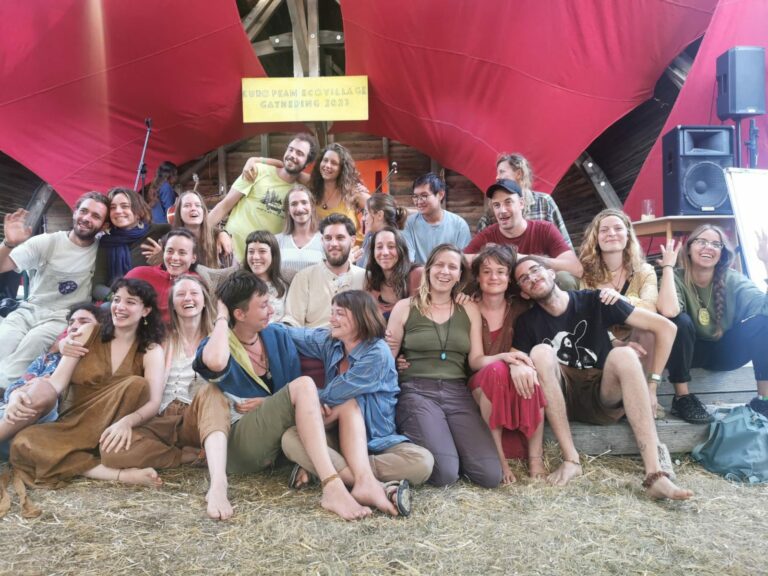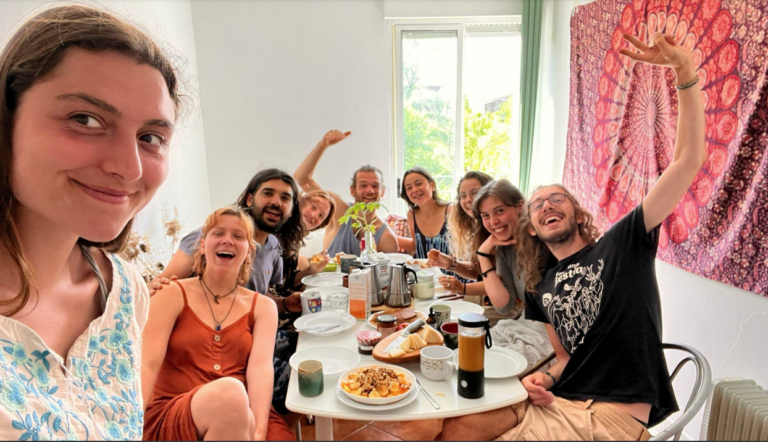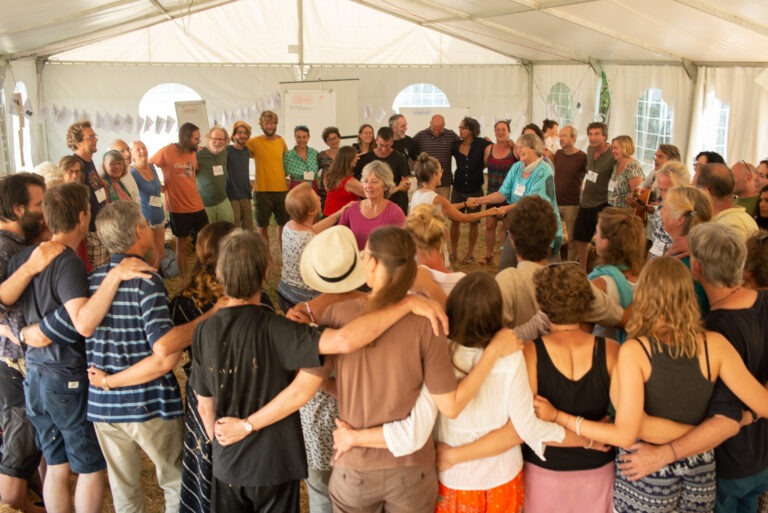The Art of Networking: Creation of the WE and SEEN Networks
GEN Europe creates, runs and participates in a range of European-funded projects in order to further our goals as a network of regenerative communities. In this article, participants in the WESEEN project – designed to create and strengthen regional ecovillage networks – describe their experiences and learning from the Art of Network training held as part of the project.
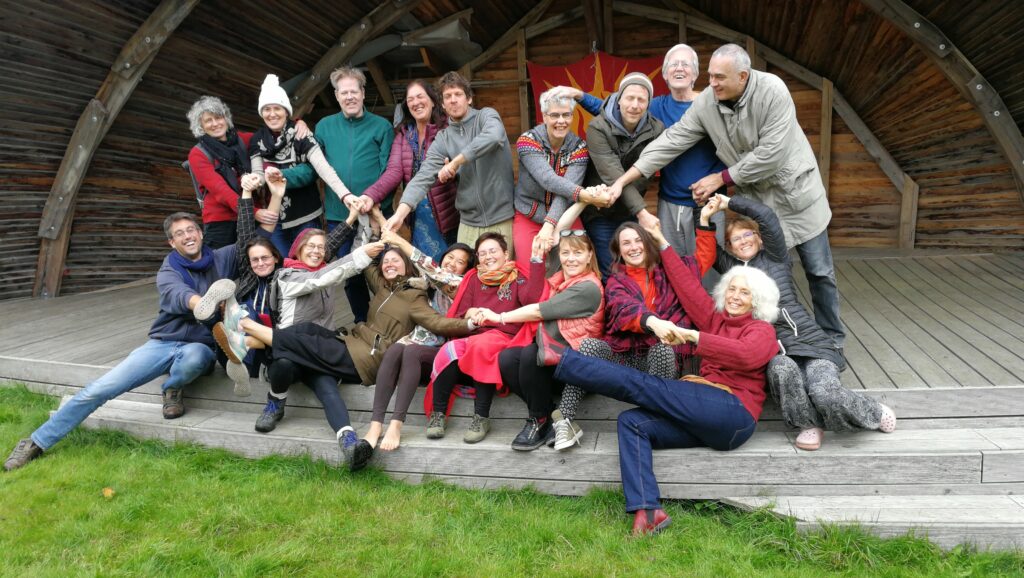
From 18th to 22nd of October we had the pleasure to be a part of a training Art of Networking where two regional networks Western Europe (WE) and Southeast Europe Network (SEEN) continued their development and collaboration supported by the GEN EU network. We had participants from Croatia, Slovenia, Hungary, Serbia, Poland, Belgium, France, and the Netherlands. The training was held in Nature Community, an ecovillage in Germany.
The first half of each day was reserved towards understanding how the network works, what are the roles, elements, and steps towards creating a healthy network. While the afternoons were focused on WE and SEEN networks strengthening relationships between members, organizing tasks, and ways to go forward through the development of networks.
We started by identifying the network which already exists and by presenting it to the group we could see our common points and what kind of experience and skills we already have.
Elements of a network
What we learned is that a network is full of interpersonal ties which can be stronger, weaker, or absent, and that the forming of an intentional network contains elements such as building relationships, support, and action. Then we thought of antipatterns in collaboration where we harvested antipatterns we observed which do not support successful collaboration and how we could improve it on various levels.
Roles in a network
We started with a discussion of what leadership means to us and what we realised is that a leader is someone who creates a support structure, inspires by example, has a peer attitude, and balance between productivity and wellbeing of the group. Then we opened the possible roles which network can have, and we identified four roles: network connector who maps network, the project coordinator who coordinate action, network facilitator who determine purpose and structure, and at the end network guardian who makes sure to identify network needs and setts up evaluation so the learning can be tracked and improved.
Communication
From then on we touched upon the communication in the network and we discovered different types of communication styles. What we learned that is very important is building a culture of collaboration such as non-violent communication, sociocracy decision making, speaking one at a time, deep listening to each other, etc. Apart from face-to-face communication, we took some time to discuss digital culture and blended sessions which are getting more our usual way of collaboration and in what way we could create them in a more pleasing and creative way.
As a practical way of theory, during the blended session, on the screen joined us Pavils Hawkings where he shared more about advocacy and his project Municipalities in transition.
After all the hard work, we had a celebration and caretaking team who ensured all of us to have beautiful, quality evenings where we could get to know more and share our stories and knowledge.
In the end, we asked some of the participants to share their insight and feelings as being a part of this training.
“I have a feeling of belonging and building trust among the participants. It is amazing to observe how this group is growing through the sessions and different activities, but also how people evolve through working in WESEEN, it is amazing.”
Luk, Belgium
“As I am already a part of the community in Hungary, I could say that WESEEN is also my community but on a wider, European level. I really enjoy that I am able to connect with new people and track on my personal development but also recognize issues that are common for the southeast European region and solutions we could bring through this network.”
Fanni, Hungary
